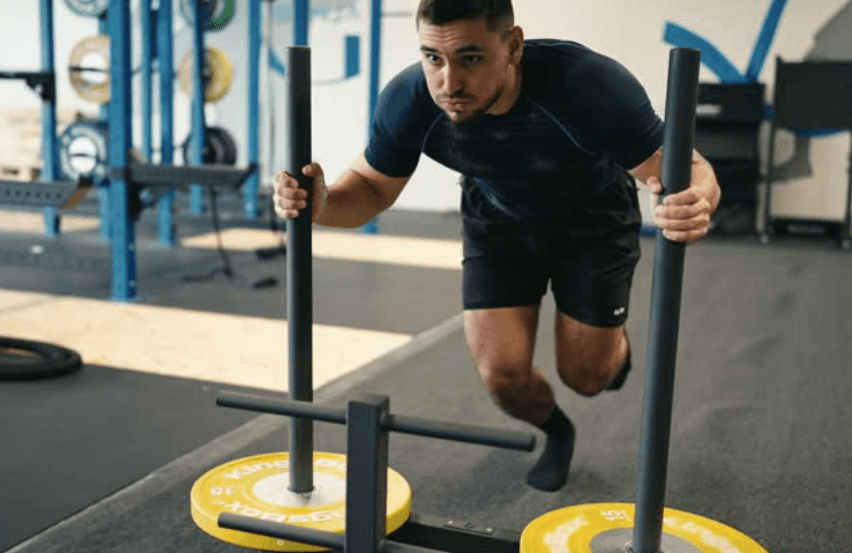Cross-training—mixing different types of exercise rather than focusing solely on one sport—is becoming a foundational strategy for modern athletes. By combining cardio, strength, flexibility, and mobility work, cross-training helps build a more balanced physique, reduce overuse injuries, and improve overall performance. When you depend on the same movement patterns day after day, weaknesses and imbalances emerge; cross-training distributes the load across more muscle groups, giving stressed areas time to recover.
In practice, cross-training enables athletes to stay fit even while recovering from injury or a heavy season. For example, a runner might use swimming or cycling to maintain cardiovascular fitness when high-impact running isn’t advisable. Similarly, adding strength training and yoga to the schedule can improve power, stability, and flexibility—traits that translate directly back into better sports performance. Beyond the physical benefits, variety keeps motivation fresh and helps avoid mental burnout.
To adopt cross-training effectively, start by identifying your sport’s key demands and weakest links. Then, schedule complementary activities on “off” days—such as light cardio, mobility work, or resistance training—that don’t conflict with your sport’s core workload. Apply progressive overload to each mode and adjust volume based on fatigue. Over time, this integrated approach fosters longevity, enhances capability across domains, and empowers you to train smarter, not harder.






